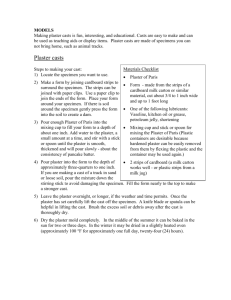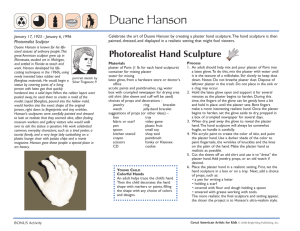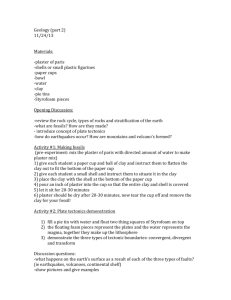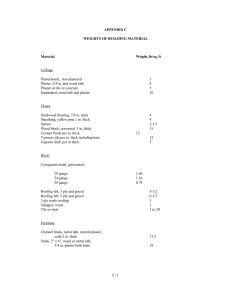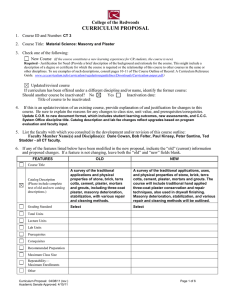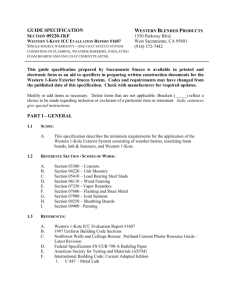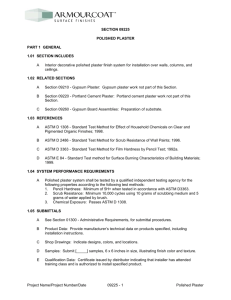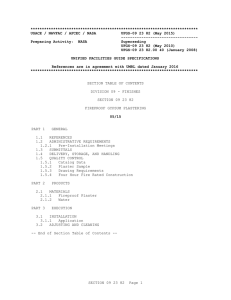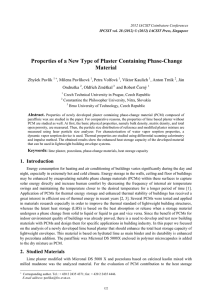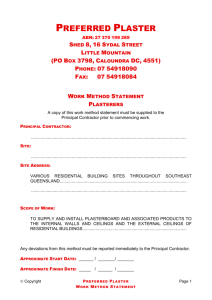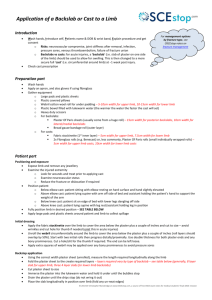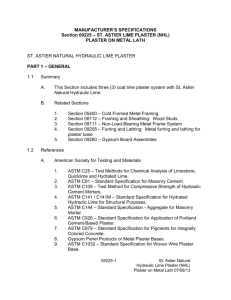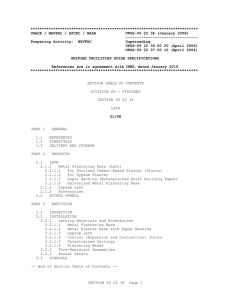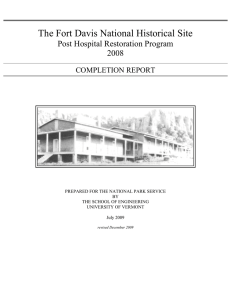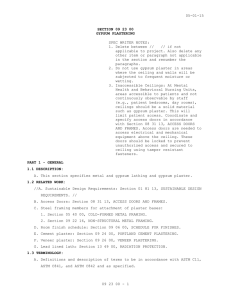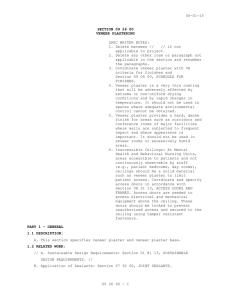Fractured tibia and/or fibula
advertisement
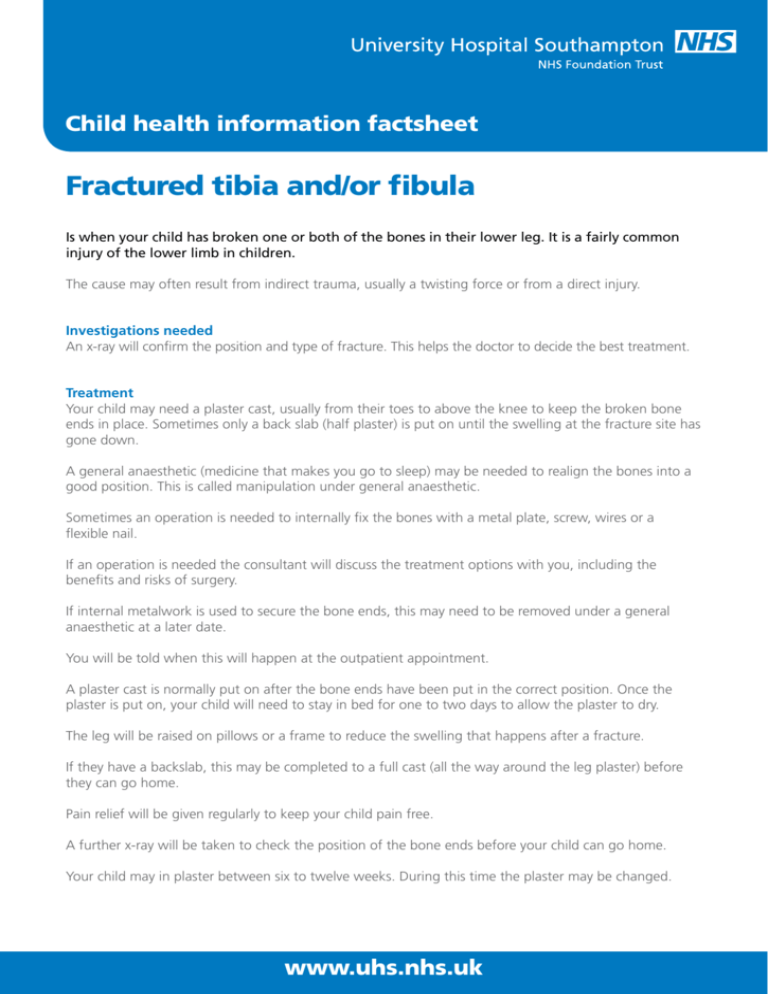
Child health information factsheet Fractured tibia and/or fibula Is when your child has broken one or both of the bones in their lower leg. It is a fairly common injury of the lower limb in children. The cause may often result from indirect trauma, usually a twisting force or from a direct injury. Investigations needed An x-ray will confirm the position and type of fracture. This helps the doctor to decide the best treatment. Treatment Your child may need a plaster cast, usually from their toes to above the knee to keep the broken bone ends in place. Sometimes only a back slab (half plaster) is put on until the swelling at the fracture site has gone down. A general anaesthetic (medicine that makes you go to sleep) may be needed to realign the bones into a good position. This is called manipulation under general anaesthetic. Sometimes an operation is needed to internally fix the bones with a metal plate, screw, wires or a flexible nail. If an operation is needed the consultant will discuss the treatment options with you, including the benefits and risks of surgery. If internal metalwork is used to secure the bone ends, this may need to be removed under a general anaesthetic at a later date. You will be told when this will happen at the outpatient appointment. A plaster cast is normally put on after the bone ends have been put in the correct position. Once the plaster is put on, your child will need to stay in bed for one to two days to allow the plaster to dry. The leg will be raised on pillows or a frame to reduce the swelling that happens after a fracture. If they have a backslab, this may be completed to a full cast (all the way around the leg plaster) before they can go home. Pain relief will be given regularly to keep your child pain free. A further x-ray will be taken to check the position of the bone ends before your child can go home. Your child may in plaster between six to twelve weeks. During this time the plaster may be changed. www.uhs.nhs.uk Child health information factsheet Going home The physiotherapist will show your child how to move around without putting any weight on the fractured leg with a frame or crutches. You will be shown how to help them with this. Younger children do not manage crutches and may need a wheelchair or buggy. An outpatient appointment will be booked for one to two weeks, to check the plaster and to have an x-ray to see how the fracture is healing. You will be given a leaflet and shown how to look after your child’s plaster before going home. Your child will not be able to go to school until after the first outpatient clinic appointment. The physiotherapist, occupational therapist and nurse will discuss any problems that you may have at home, for instance the need for a wheelchair. You can get one from the British Red Cross. Please ask the staff for the telephone number of the nearest centre to your home. If you have any questions or concerns please contact Julia Judd and Liz Wright advanced nurse practitioners: 023 8079 4991 Switchboard: 023 8077 7222, bleep 2641 Ward G3: 023 8079 6486 Your GP If you need a translation of this document, an interpreter or a version in large print, Braille or on audio tape, please telephone 023 8079 4688 for help. V2 Revised Sept 2011 Review date Sept 2014 CHO.003.02 www.uhs.nhs.uk


![First Aid Training : Bronze [Power Point]](http://s2.studylib.net/store/data/005424634_1-e0b0e5e602f7c1666ebc2e9ff3f4a1b5-300x300.png)
